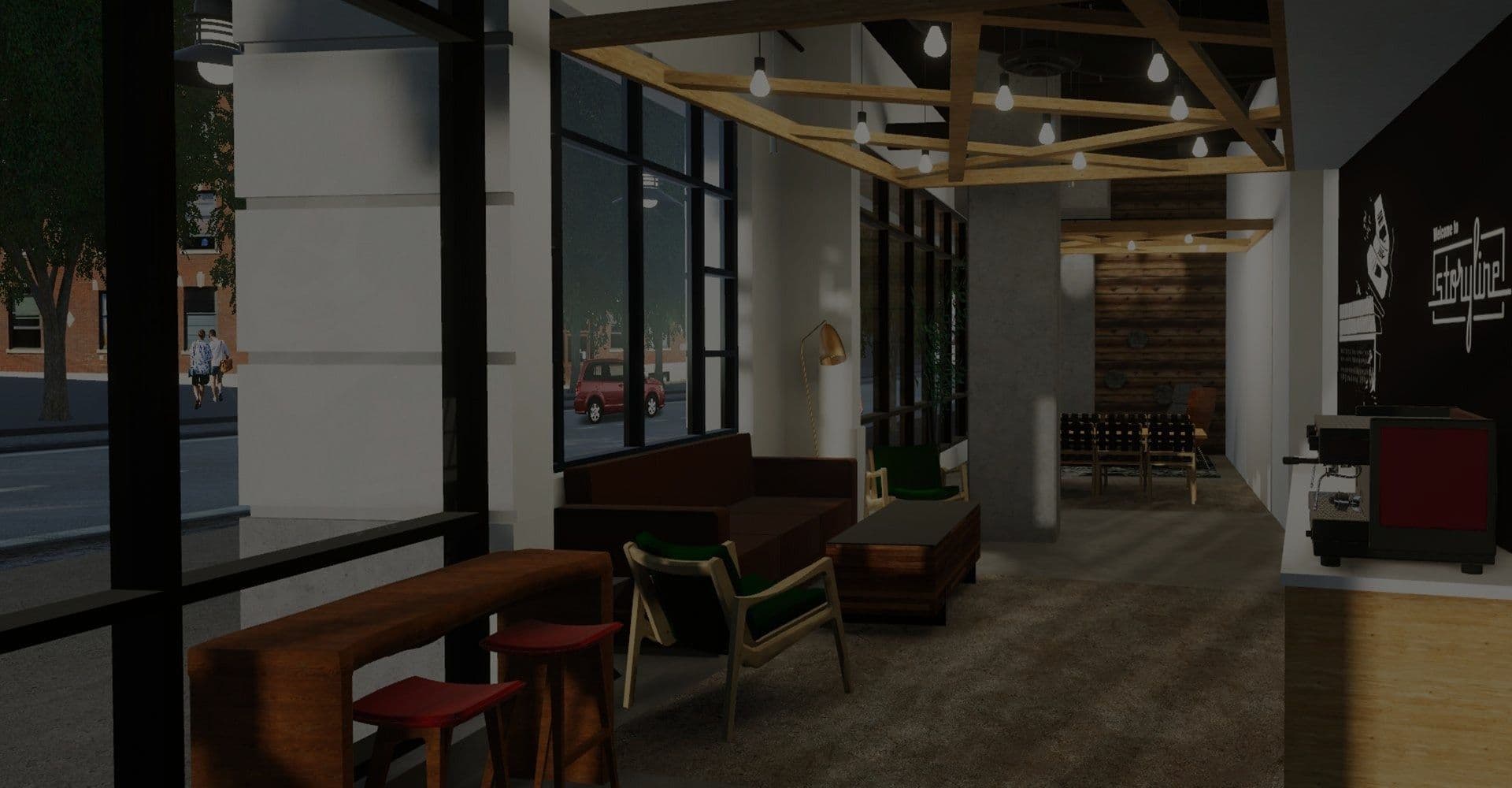
How do you lessen the high costs and immense risks of construction projects? Mortenson has found a way. By simulating new building designs – and showcasing other technology – in interactive 3D spaces, their customers can fully visualize and engage with new virtual realities on their projects before they begin. This means benefits like improved designs, faster iterations, higher quality and lower costs.
Interactive VR improves building design and construction for hotels, universities and property developers
Help customers truly experience, collaborate and iterate on new design projects
VR: HTC Vive, Oculus Rift, Oculus Go, HoloLens
360 video
4
Seattle and Minneapolis, USA

Mortenson is a U.S.-based, top-20 builder, developer and provider of energy and engineering services. The company is privately held and has offices across the U.S. Their expertise is highly sought after for commercial building, sports facilities, healthcare, renewable energy, virtual design & construction (VDC), safety, and much more.
Years ago, Mortenson saw the value of integrating visualization technologies into their design/customer experience offering and created a Virtual Insights team. Since then, they have become experts in using Unity to deliver interactive virtual-reality (VR) and 360 video experiences for a wide variety of client needs such as building-design reviews and sales & marketing initiatives.
Their VR customers include major brands and organizations such as Stonebridge Marriott Hotels, Bucknell University, Pennsylvania State University, Kaiser Permanente, and the University of Washington Medical Center.
The results:
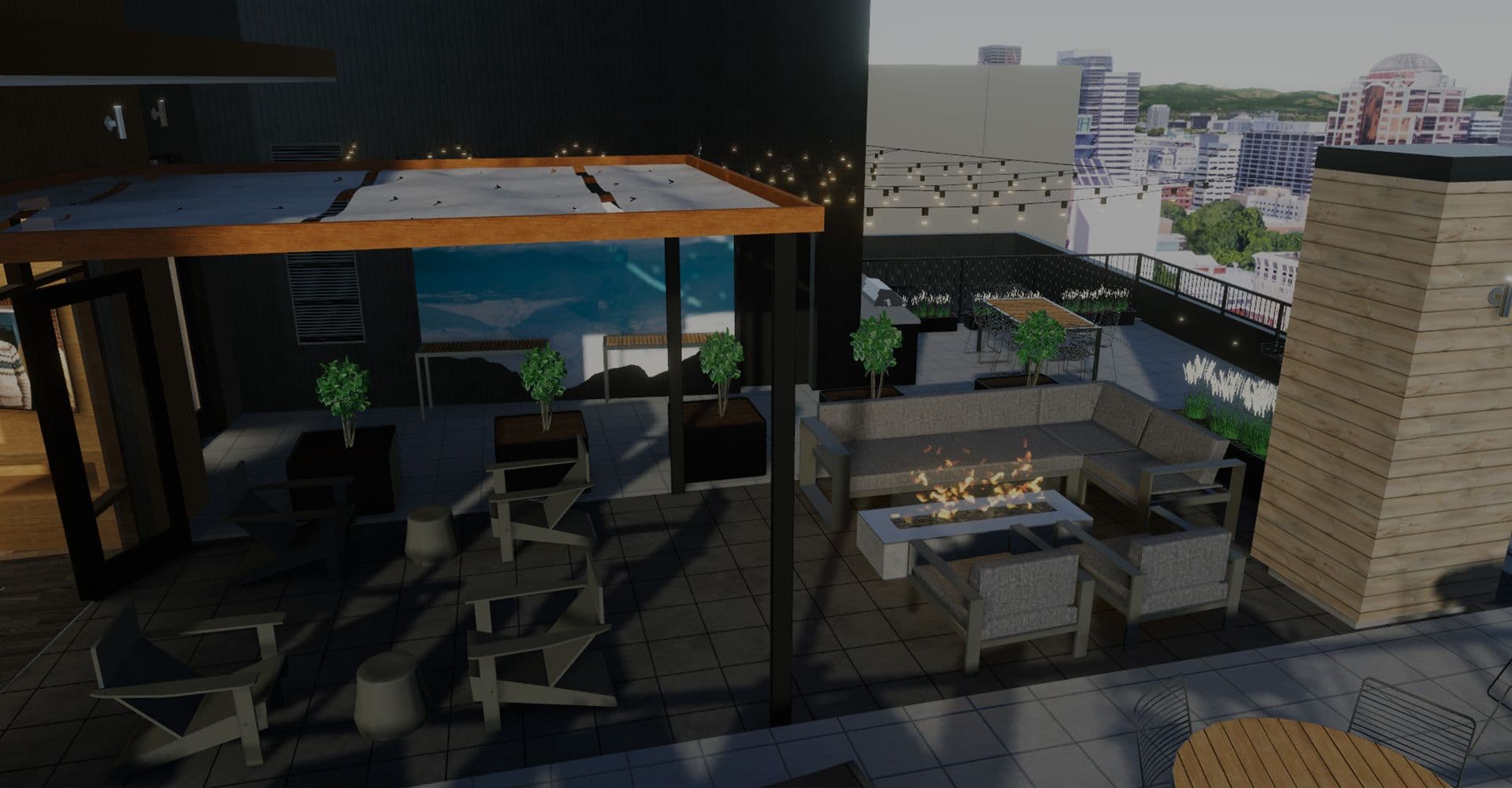
Several years back, Seattle-based Will Adams and Marc Kinsman, Emerging Technologies Developers at Mortenson, saw the value of VR and 360 video for customer projects. The first Oculus headset was just out and Adams got in on the ground floor knowing that Unity supported the platform.
“While in graduate school, I had researched the difference in spatial cognition between monitor-based consumption of digital environments and immersive, which at Mortenson led me to explore the idea of simulating buildings in VR for our project teams,” Adams states. “At the time, I didn't have much experience with real-time engines or programming, but I knew it would be worth investing time in learning those skills.” Adams’ colleague, Marc Kinsman, was also on board “because Unity’s big supportive community meant Unity would be easy to learn.”
Taylor Cupp, a Project Solutions Technologist, is well known in the AEC industry for his VR leadership and remembers the birth of virtual reality at Mortenson well. “I worked with Will on the research he was doing while at the University of Minnesota,” said Cupp. “I could see the potential value of offering real-time simulation services to Mortenson customers. Will, Marc and Colin Sandeman [another Emerging Technologies Developer] were able to rapidly learn a new skill set from the video game industry and have been successfully applying it to our business for several years.”
As Adams, Kinsman, Sandeman and colleagues on the Virtual Insights team got up to speed on Unity, their first VR projects covered the basics of the new 3D space but not much more. “When we started, we were mainly focused on simple virtual projects that customers could walk around in, but over the past few years, we’ve realized how important it is to build interaction into these environments for user engagement.”
When Mortenson's the Virtual Insights team begins a VR project, they bring models from various design software through Rhino or 3ds Max to fix their geometry and mappings, as well as to utilize their computational design tools such as Grasshopper. They write most of their interaction code themselves, but also use many tools from the Asset Store such as Photon. Internally, they collaborate a lot, so they are all networked in Unity, which speeds up development and problem-solving, but it also means that their customers throughout the U.S. and in Europe can collaborate in real-time in these custom VR spaces.
Due to the wide-ranging customer deliverables, the team favors a number of Unity features for their projects, such as the C# API. “We can do pretty much anything we want with the API. It gives us confidence when we’re doing proposals because even if the customer wants something we’ve never done before, we know the API will help us deliver it,” says Adams.
As their projects near the finish line, Kinsman says they like how effortless it is to output to multiple platforms. “We’ll jump between Oculus Rift and Oculus Go, the HTC Vive and HoloLens – and we’ve done some stuff for mobile devices too – so using Unity as the base allows us to ‘right fit’ the hardware for the project, and that’s been quite beneficial for us. From the same development platform, we can target whatever’s needed for the project. We don’t have to learn anything new and we can accommodate a myriad of customer hardware and platform requirements.”
When they start a new project, the team typically utilizes the newest version of Unity. And as part of their ongoing R&D, they regularly upgrade to the latest versions to leverage new features, such as the Scriptable Render Pipeline (SRP).
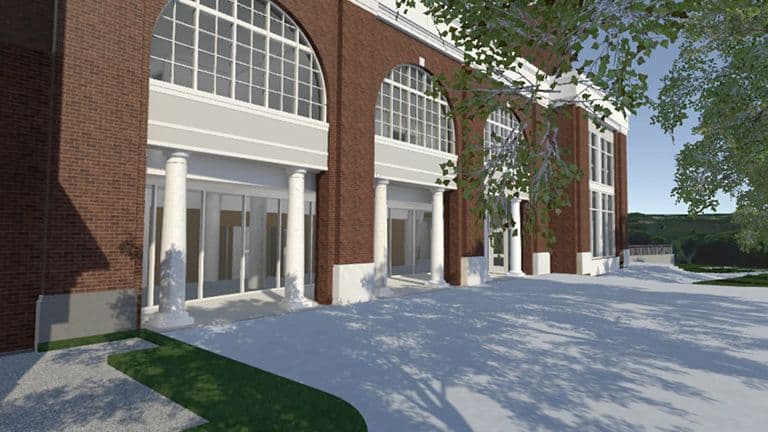
Doing around 20 Unity-based projects a year has given the Mortenson team a lot of VR and 360 video experience for many top-tier customers, including some of the largest property developers, hotel chains, and universities in the U.S. “Generally, we see two different types of interactive 3D use cases to create for these customers,” says Adams. “They either want to do an at-scale building-design review or a sales & marketing initiative, all aimed to improve designs, faster iterations, higher quality and lower costs."
For example, some of Mortenson’s projects in this space include immersive VR simulation and 360 video of a new downtown Marriott hotel, as well as a top-floor amenity level and a complete apartment in Seattle for AMLI, a developer of luxury residences throughout the U.S.
Leveraging Unity, the key value that the Virtual Insights team brought to all these projects was fully fledged, interactive experiences that allowed stakeholders to collaborate on the designs of their new spaces long before anything physical was built. “Customer stakeholders enjoy seeing and getting inside a full-scale, preliminary version of their new building or interior feature. And once in the virtual environment, they really respond to the look and feel, so it’s great to see their teams collaborating in real-time as they experience and interact with the different elements,” says Adams. See a few video examples below of this specific use case:
New corridor in a downtown hotel
Top top-floor amenity level of a luxury apartment
As for universities, Mortenson’s customers wanted to both share a new design with administrators/faculty and demo it to attract potential donors and recruit students. For instance, they created immersive experiences that included a centerpiece climbing wall in a university athletics center for Penn State and the main lobby and exterior of Bucknell’s new academic wing.
While in the VR space, typical customer discussions focus on room dimensions, aesthetics, functional systems, and workflow efficiency. “Well before a physical mockup is built or materials ordered, the Unity-created VR experience gives everyone a great opportunity to discuss and iterate on the design,” says Adams. And for larger projects, the team may have to go through numerous versions to address all stakeholder considerations or concerns. “Having everyone in VR at the same time speeds up decision-making and eliminates ambiguity as to what spaces will look and feel like.” Here's a glimpse of a few of those examples:
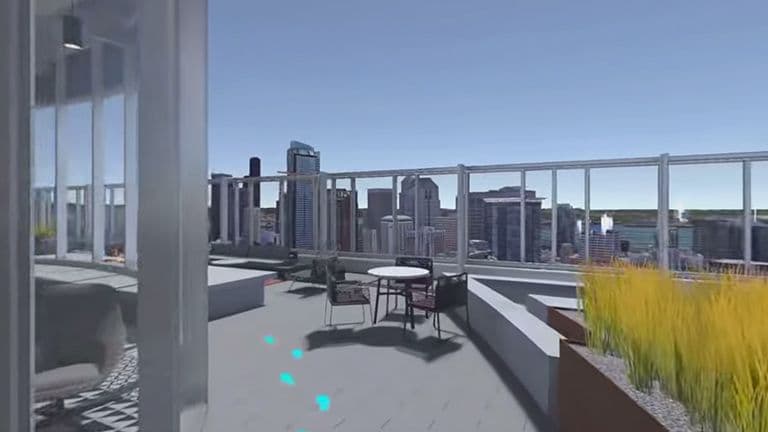
In terms of building-design reviews, Mortenson’s Virtual Insights team has delivered substantial value for its customers. Courtesy of their interactive VR pieces, customers have enjoyed huge savings by avoiding major flaws and frustrations long before the backhoes or cranes swing into action.
Their customer at Bucknell University, for example, identified a design concern that would’ve been extremely costly to fix at the construction stage. While the virtual space was built exactly to spec, once immersed in VR, the customer realized that a new corridor felt too narrow because of the location of a column. Catching this issue in VR saved them more than $500,000. Ken Ogawa, their Associate VP for Facilities and Sustainability, had this to say about Mortenson’s VR project: “Finding and avoiding issues has paid for this effort at least 10x already.”
On another project, Heather Mann, a Senior Lead Interior Designer at Design Force, worked with the Virtual Insights team on the Stonebridge Marriott project: “We were able to save an estimated $45,000 on the physical mockup. Furthermore, the VR approach let us iterate over design changes, expose and address gaps in the design, and ensure project stakeholders understood the impact of the decisions they made.”
Finally, at Kansas State University, Laird Veatch, the Executive Associate Athletic Director, credits the VR review process for saving them $375,000 on new lockers in their sports facility. “The VR experience gave a true perspective on the depth and feel of the space that other renderings could not provide . . . it allowed us to evaluate every component of the assembly to ensure the budget would be met and a high level of quality maintained.”
So with these tangible customer benefits, it’s not surprising that Unity’s flexibility, wide platform support, and extensive ecosystem – such as the supportive community and Asset Store – have quickly made it Mortenson’s go-to platform for bringing great value and delivering important design-validation benefits for their university, hotel, and building-developer customers.

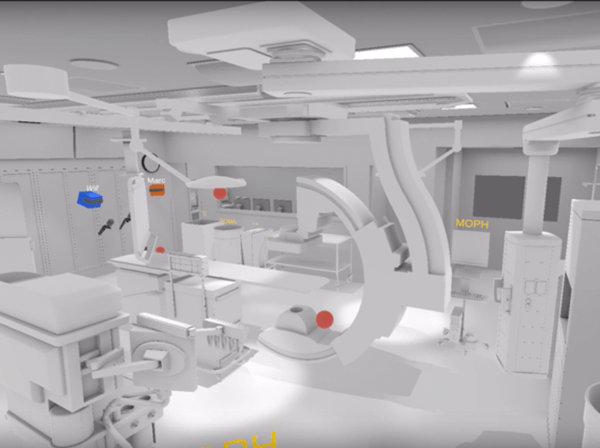
Mortenson, one of the largest construction companies in the U.S., provided their clients with perfectly simulated new hospital and operating-room designs in interactive 3D spaces. Learn how they streamlined patient care, more efficient staff, and lower costs.
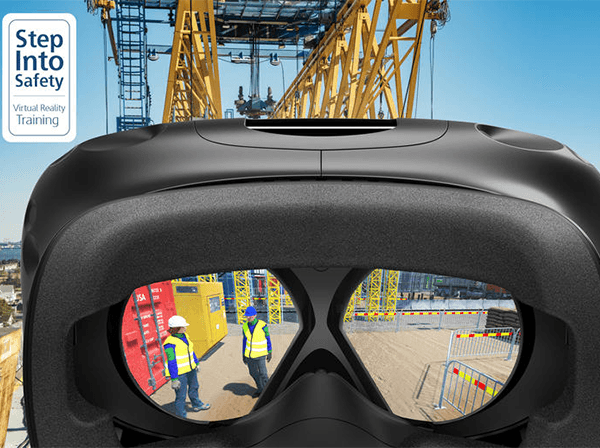
Collaborating with Sweden-based Skanska, the fifth-largest construction company in the world, creative VR and AR agency OutHere developed highly realistic virtual-reality scenarios for Skanska’s employee safety-training program.